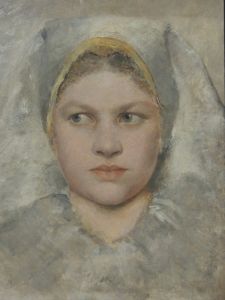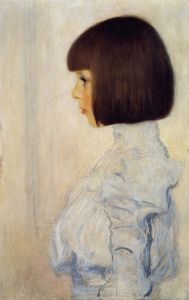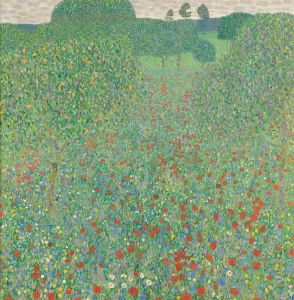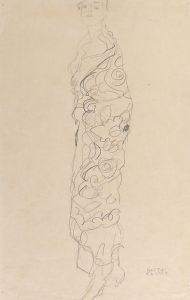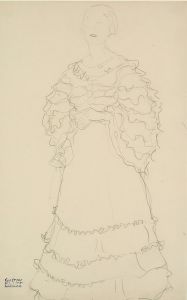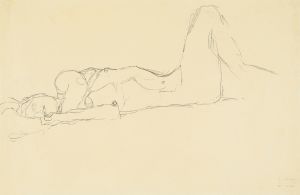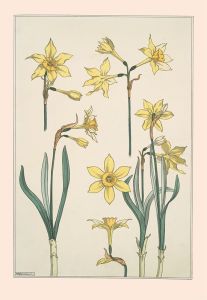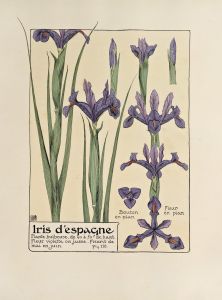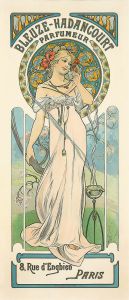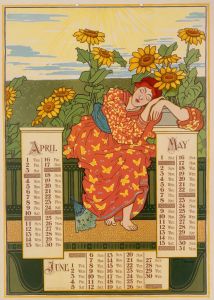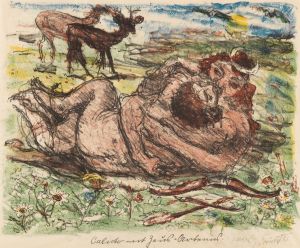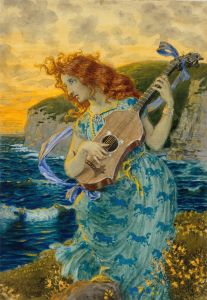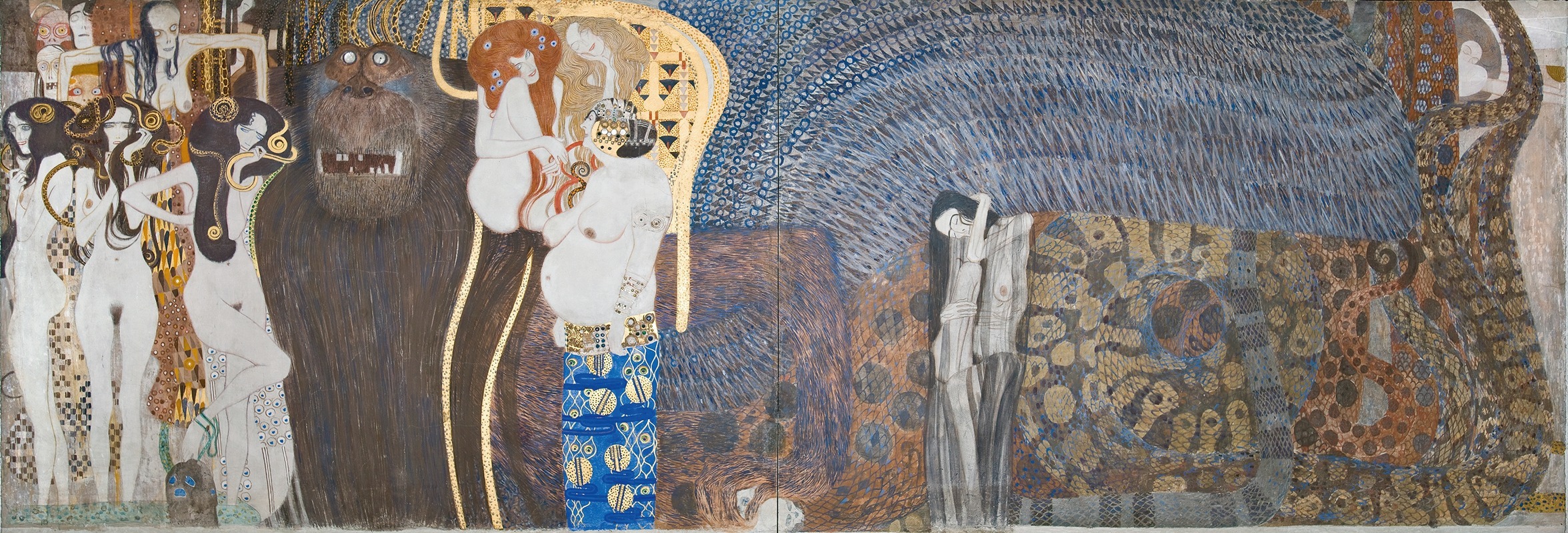
Beethovenfries; Die feindlichen Gewalten
A hand-painted replica of Gustav Klimt’s masterpiece Beethovenfries; Die feindlichen Gewalten, meticulously crafted by professional artists to capture the true essence of the original. Each piece is created with museum-quality canvas and rare mineral pigments, carefully painted by experienced artists with delicate brushstrokes and rich, layered colors to perfectly recreate the texture of the original artwork. Unlike machine-printed reproductions, this hand-painted version brings the painting to life, infused with the artist’s emotions and skill in every stroke. Whether for personal collection or home decoration, it instantly elevates the artistic atmosphere of any space.
Gustav Klimt, an Austrian symbolist painter, created the Beethoven Frieze, also known as "Die feindlichen Gewalten" (The Hostile Forces), in 1902. This monumental work was designed as a site-specific installation for the 14th Vienna Secessionist exhibition, which was dedicated to the composer Ludwig van Beethoven. The frieze was intended to be a visual accompaniment to a sculpture of Beethoven by Max Klinger, celebrating the composer's Ninth Symphony.
The Beethoven Frieze is a long, horizontal mural that spans three walls of a room. It measures approximately 34 meters in length and 2 meters in height. The frieze is divided into several sections, each depicting different themes and characters that correspond to the narrative of Beethoven's symphony and the accompanying text by Richard Wagner, which was inspired by Friedrich Schiller's "Ode to Joy."
The first section of the frieze represents the human yearning for happiness and the struggle against hostile forces. It features a series of allegorical figures, including a knight in golden armor, who symbolizes the hero's quest for fulfillment. The central section, "Die feindlichen Gewalten," portrays the hostile forces that threaten the hero's journey. These include figures such as the giant Typhoeus, who represents brute force, and the three Gorgons, who symbolize sickness, madness, and death. The final section of the frieze depicts the hero's ultimate triumph and the attainment of joy and happiness, culminating in a chorus of angels singing the "Ode to Joy."
Klimt's use of gold leaf, intricate patterns, and symbolic imagery in the Beethoven Frieze reflects his distinctive style and his interest in exploring themes of beauty, eroticism, and the human condition. The frieze is notable for its innovative composition and its integration of painting, sculpture, and architecture.
The Beethoven Frieze was initially intended to be a temporary installation, but it was preserved and eventually acquired by the Austrian government. It is now housed in the Secession Building in Vienna, where it remains on permanent display. The frieze is considered one of Klimt's masterpieces and an important example of the Vienna Secession movement, which sought to break away from traditional artistic conventions and embrace new forms of expression.
The Beethoven Frieze continues to be celebrated for its artistic and historical significance, as well as its contribution to the dialogue between visual art and music. It stands as a testament to Klimt's creative vision and his ability to convey complex themes through his unique artistic language.







